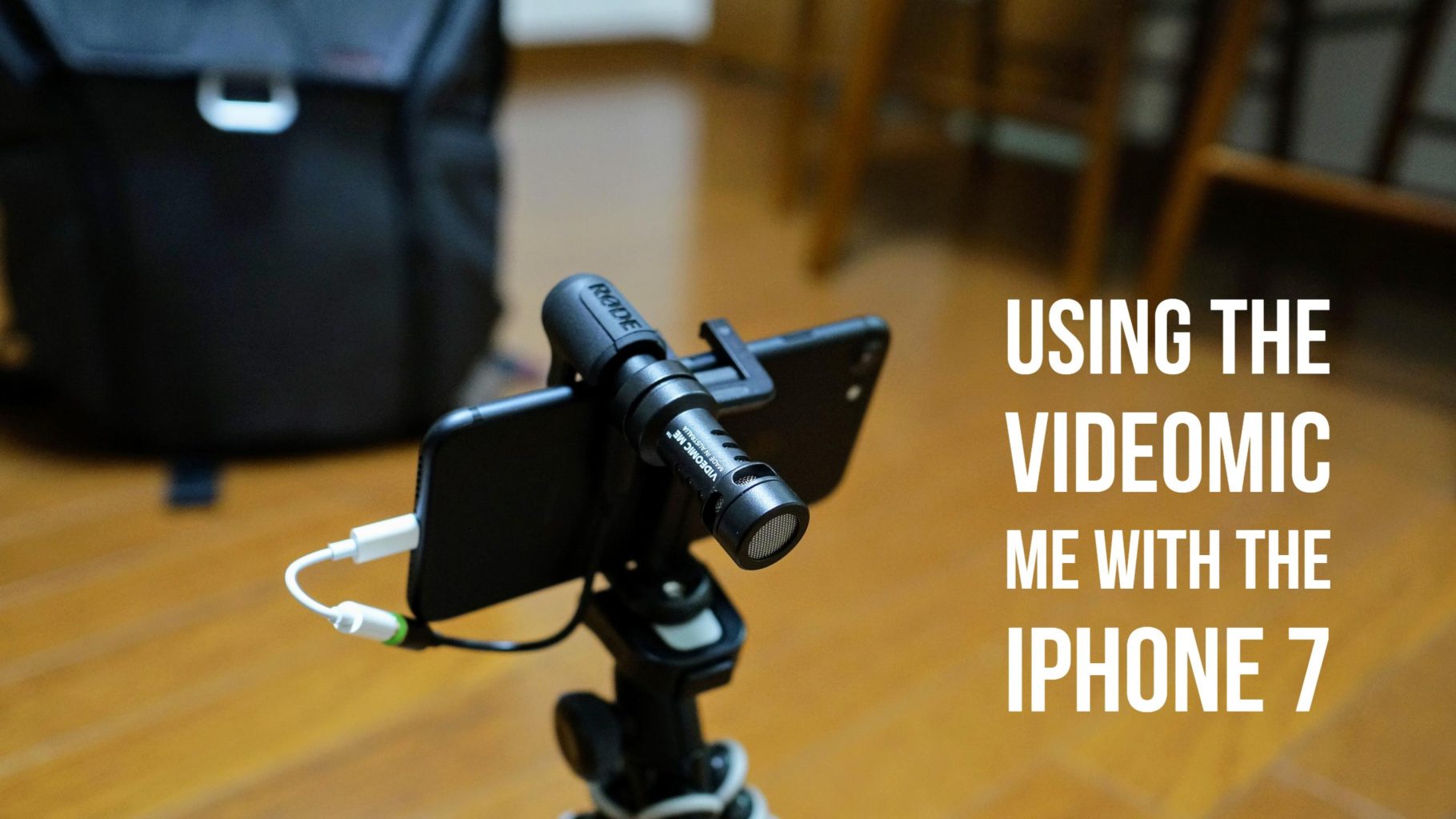Engage Your Readers! Learn How to Write Web Content that Works
To make powerful content, let go of words
My health hasn’t recovered yet so I’m still spending all my time indoors.
When I’m not feeling well, it’s hard to get into creative mode (output) so I’m mainly spending my time with input.
I recently finished a book by Janice Redish called Letting Go of the Words – Writing Web content that Works.
It is a book on how to write web content and has high reviews (4.5 stars) on Amazon US.
Ever since I started this website (whattodotomorrow) half an year ago, I’ve always wanted to learn how to write web content.
I am going to share the key points I took away from reading Letting Go of Words!
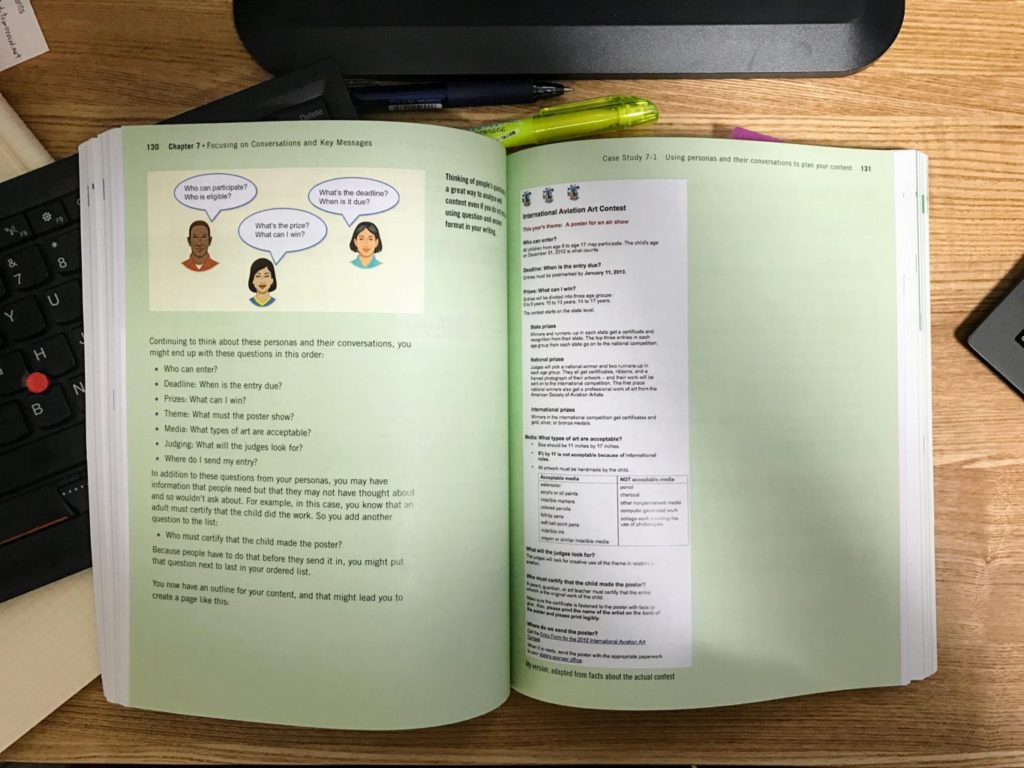
Designing for Easy Use
Space
- Don’t let headings float (hard to distinguish paragraphs)
- Don’t center text (hard to read)
Typography
- Set a legible sans serif as the default (easy to read)
- Make the default text size legible for your visitors (usually the size is too small)
- Set a medium line length as the default (hard to read when it’s too long or too short)
- Don’t write in all capitals (hard to read and is the equivalent of shouting)
- Underline only links (on web pages, people assume that anything that is underlined is a link)
- Use italics sparingly (hard to read. Italics is used as a way to show a book title)
Focusing on Conversations and Key Messages
- Give people only what they need (don’t write about things that they don’t need)
- Cut! Cut! Cut! And cut again! (don’t write long sentences)
- Think “bite, snack, meal.”
- Bite: Headline and very short explanation
- Snack: Key message or short summary
- Meal: Details
- Start with your key message (most visitors only read the first few rows)
- Break down walls of words. Use lists wherever you can
Announcing Your Topic with a Clear Headline
- Use your site visitors’ words
- Be clear instead of cute
- Try for a medium length (about eight words)
- Use a statement, question or call to action
- Combine labels (nouns) with more information
Tuning up Your Sentences
- Talk to your site visitors – use “you”
- Use “I” and “we”
- Write in the active voice
- Write simple, short, straightforward sentences
- Cut unnecessary words
- Keep paragraphs short
- Start with the context
- Put the action in the verbs
- Use plain language
The book also discusses the use of images and usability testing.
It was very educational because it goes through actual websites and makes recommendation points.
Applying what I learned
I personally have the habit of hiding the verb in a noun.
So the section on how to put the action in the verb was very helpful
For example:
The Commission’s recommendations for changes were few in number.
The noun “recommendations” in this sentence is hiding the verb and a weak verb “were” is used.
To put the action in the verb, the sentence turns into:
The Commission recommended few changes.
Retention of these records for seven years is a requirement for licensees.
In this sentence, the nouns “Retention” and “requirement” hide the verb and a weak verb “is” is used.
To put the action in the verb, the sentence turns into:
You must keep these records for seven years.
In order to put the action in the verb:
find the noun that is hiding the verb and change that to a verb!
The following table shows common endings for nouns that hide verbs.
| Look for this | As in this example | Which should be this verb |
| -al | denial | Deny |
| -ance | maintenance | maintain, keep |
| -ence | concurrence | concur, agree |
| -ment | assignment | assign |
| -sion | transmission | transmit, send |
| -tion | recommendation | recommend |
| -ure | failure | Fail, if you don’t |
Review previous posts
I am going to make it my mid term goal to go back and review my posts from the past and apply the things that I learned!
The book also had stuff on SEO so I can’t wait to see how that effects my SEO results!
Letting Go of the Words – Writing Web content that Works
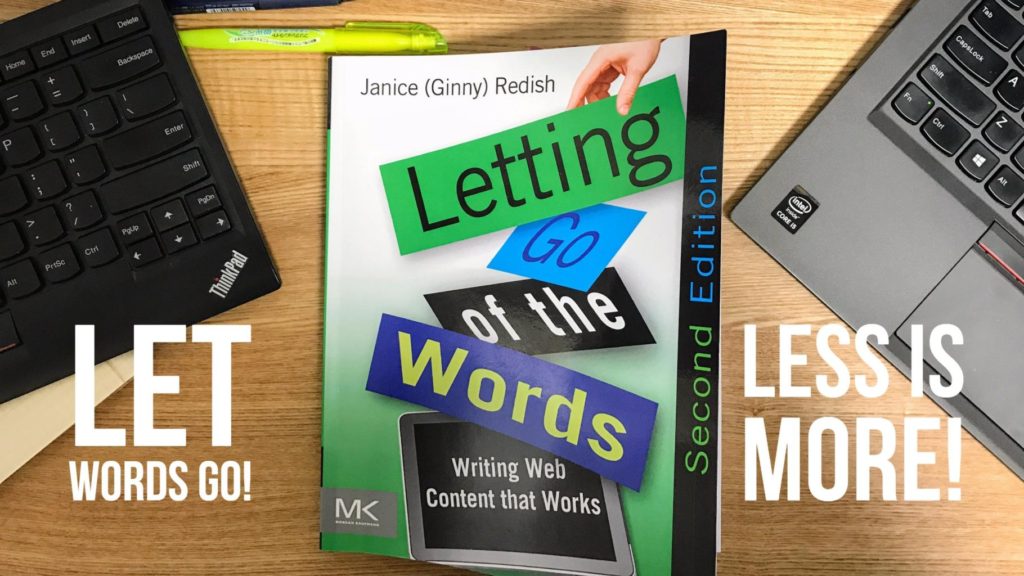
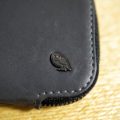


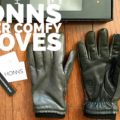

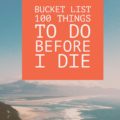
 Previous Post
Previous Post
